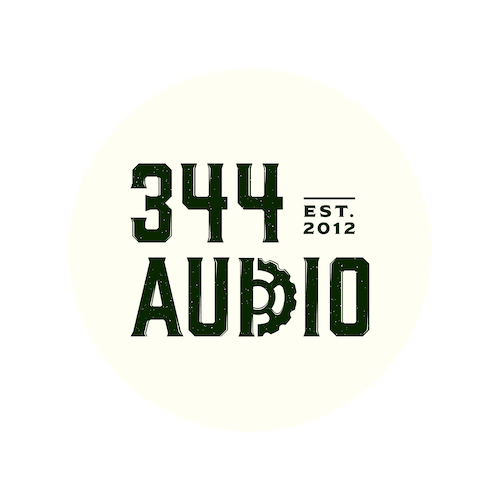


Proper Planning and Preparation Prevents Poor Performance. The six P's should be a part of all recording sessions to ensure they run smoothly. Today we will be smashing through our top 10 tips for running an efficient recording session.
1. It's important to stay vigilant during the session. As with most of these points, the 6 P's will ensure you are ready for an array of unfortunate situations. Here are some classic examples: what if your microphone stops working for whatever reason? Do you have a spare, or perhaps another cable to try? Do you have an extra preamp knocking around? Ensuring you have a plan B, C, D and more will save you lots of stress during the recording session. Say that you have hired someone to come to your studio for the day to perform some sound effects. You are going to want to get as many sounds out of them as possible so you can't be faffing around trying to sort out faulty equipment.
2. Tidy room, tidy mind. This extends to your studio too. Perhaps 'tidy studio, an effective recording session' - doesn't quite roll off the tongue in the same way, but the point still stands. Having a clean recording space is one of the first steps to running consistently successful sessions. Not only will this show the client that you're proud of the space, but it will also keep your gear in good working condition as they will be dust-free!
3. File management is one of the most important factors in the Audio-Post world. It is crucial that you have your session template saved in the correct location so it's easy to find on the day, and so that you don't need to worry about any admin - you can just crack on with the fun stuff. Also, it's a good habit to check that you have ample space on your disk to record.

4. Save all the time! Not much to say on this. Just save as often as physically possible without it being an inconvenience.
5. Take control. If you have paid someone to come and perform sound effects, then you have to make sure that you're getting the right stuff from them. It's no good settling for some average sounds that you know won't sell because you'll waste your time and you won't be getting your money's worth. On the other hand, though, perfectionism can easily derail your recording session train from its tracks, so both the engineer and the performer mustn't get hung up on specifics - especially if they're working to a short and rigid time scale.
6. Try not to delete any material that you/ the performer isn't happy with. Archive everything. When you come to edit the sound effects, you'll want as much content as possible to work with just in case you need to patch any sound together. Additionally, if you decided to make a designed library out of the recorded sounds, then it doesn't necessarily matter if some takes aren't perfect because potential customers would never know once it's been crafted into a new sound effect.

7. Be sure to stick with gear within your comfort zone. A time-restraint session is not the time to be experimenting with new gear or ways of working! By all means, take some time the day/week before to prepare a new way of running your session but make sure that you have ironed out any kinks before implementing your plan. If you are having to travel to a studio that you haven't used before, it might be worth trying to find out what gear they have available to use there in case you are unfamiliar with it. That way you'll be able to read up on it so you don't get any surprises during the session. Surprises often don't yield any good results and should be avoided at all costs. It may seem boring, but you'll want to plan every aspect of the day to make sure you know how everything is going to run in advance. A useful technique is called 'time blocking'.
8. State your terms. Similar to the above, this is just another method to avoid surprises. Make sure everyone is on the same page, so you are completely transparent. The last thing you want is discrepancies in duration, amount of sound effects required, equipment provided, etc...
9. Be sure to make a template too, and make sure that you've got all your I/O set up beforehand. Anything you can do to save time during this process will save you loads on the day. Perhaps avoid updating your OS to any newer versions shortly before the big day, as you may get all sorts of issues that pop up, which will slow you down and ultimately make you lose money. It's also worth thinking about how to organise your library for the future so you can record your sounds in a certain order during the session, saving you time in post.
10. Another way you could potentially save time is to occasionally avoid telling the talent when you're recording. Sometimes the best takes are done when the pressure of recording is off! A lot of recording is all about phycology, so sometimes it's best to keep the recorded takes ambiguous.
That just about wraps up our top 10 tips for this post. If you'd like to find out more about what 344 Audio records and produces, then check out their socials below!

344 Audio is an Audio Post Production Company in Manchester.
If you enjoyed this post, discover our Ultimate Guide to Audio Post-Production.
Curious to hear our work? Listen to our portfolio.
Keen to learn more about Foley? Explore our Creative Foley Workshop.
Eager to learn more about Audio Post and Sound Design? Explore our Audio Post Essentials Course.
We also have Pro Tools templates and sound effects available for purchase.